These Everyday Objects Contain Secret Hidden Meanings
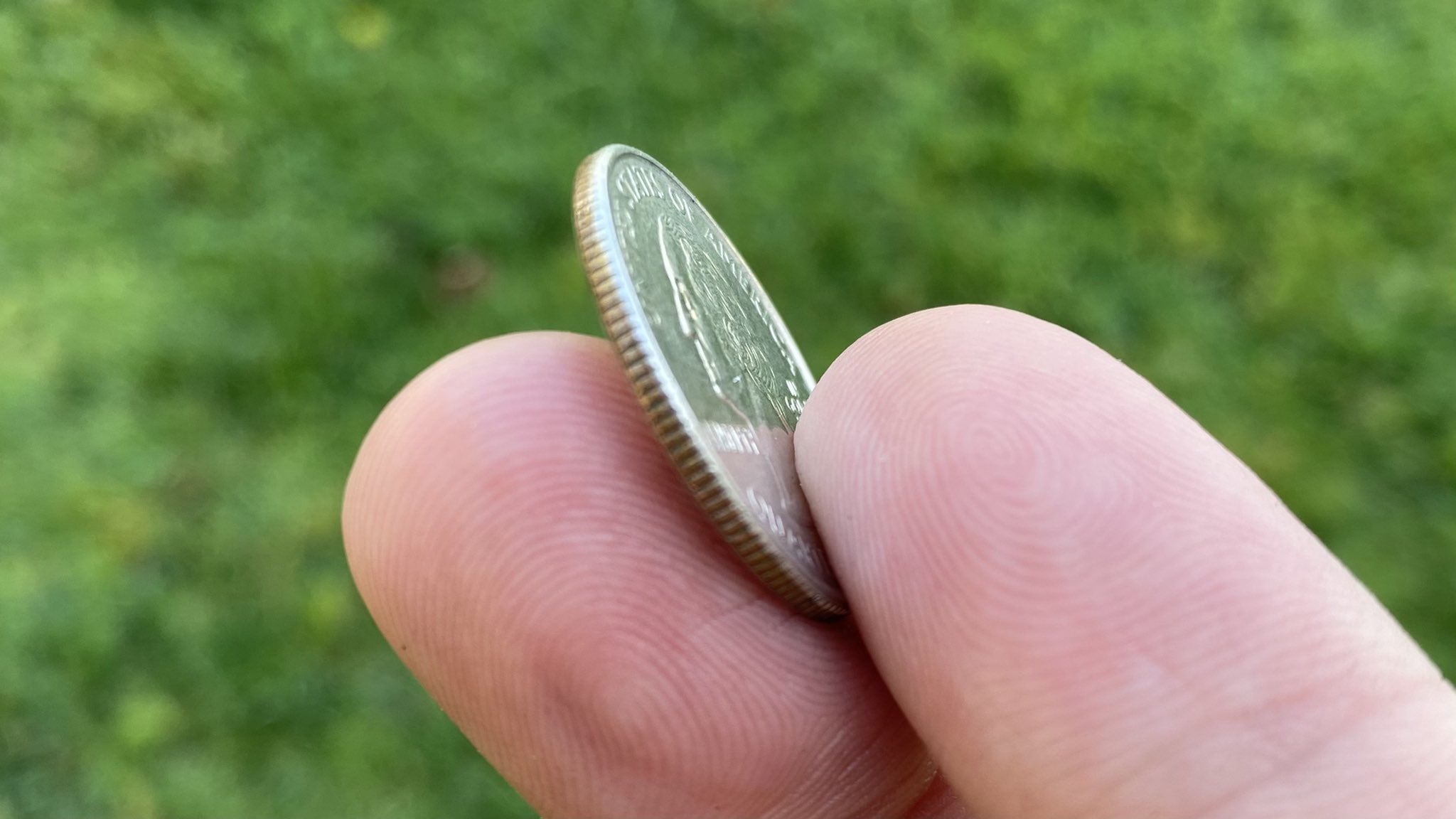
When objects become a part of our everyday existence, we stop inquiring about their composition and significance. Does it matter if you know what each symbol on your gas gauge stands for, as long as you get from one place to another?
Have you just accepted that coins have ridges, without asking why? Your pasta spoon contains what appears to be a meaningless giant hole in the middle, but did you know that there’s a real purpose to it? Once you learn the secret meaning behind some of the most common everyday items, you might never be able to look at them the same way again…
The Color of Your Bread Tag

It’s not by chance that the bread tag you use to seal each loaf of seven grain and sourdough is chosen. These tags, believe it or not, employ a color-coded system in order to show when they were baked. This is important because, as we all know, bread goes bad quickly.
Loaves baked on Mondays are marked with blue tags; loaves baked on Tuesdays are labeled with green tags; loaves baked on Thursdays are identified with red tags; loaves baked on Fridays are tagged with white labels, and Saturdays abound with yellow tags.
The Symbol on the Back of Beauty Products
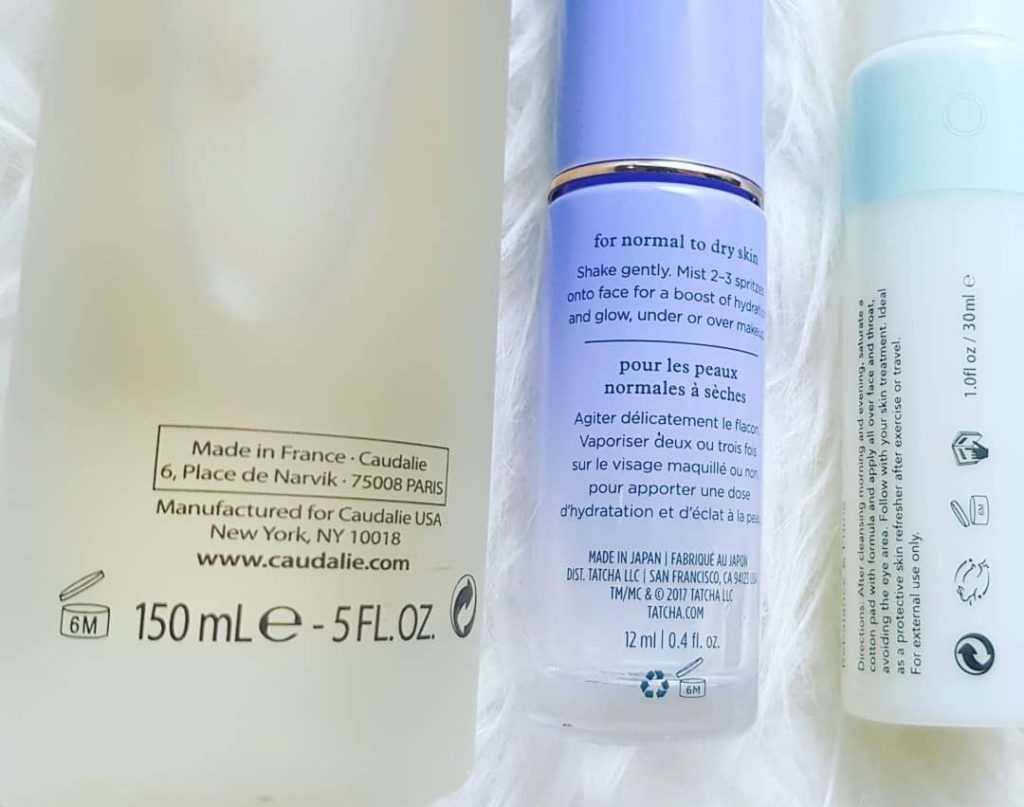
Unfortunately, even the most expensive cosmetics don’t last indefinitely. The good news is that there’s a simple method to maintain track of the freshness of your face cream. On the back of many beauty products, you’ll find a tiny symbol that indicates how long after being opened a product will stay viable.
The “open jar” symbol is also known as the PAO, or period-after-opening, symbol. The number inside the jar tells you how many months the product can be used after being opened. For example, if a moisturizer has a PAO of 12M, that means it can be used for up to 12 months.
The Eagle on the Back of the Dollar Bill
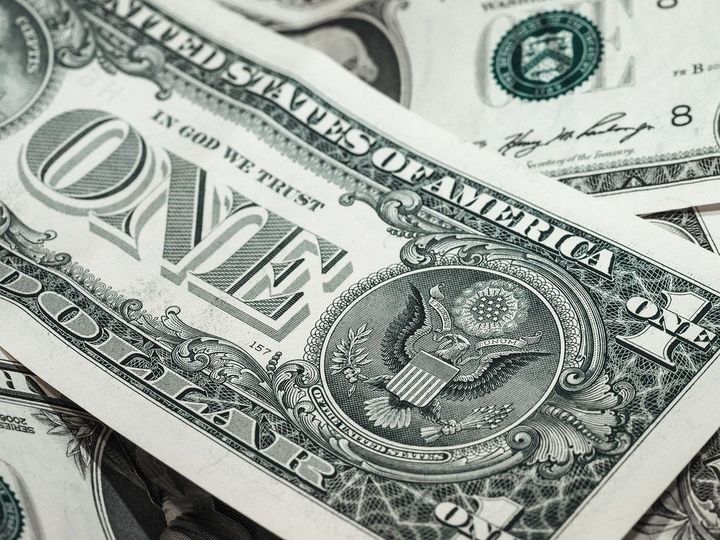
There are several secret messages on the dollar bill’s eagle. For example, in its talons, there is a bundle of 13 arrows and an olive branch with 13 leaves, alluding to the original 13 states. There are also 13 steps on the pyramid and 13 letters in “E Pluribus Unum.”
According to some conspiracy theorists, there are even more hidden messages on the dollar bill, including a reference to the Illuminati. The eye at the top of the pyramid is said to represent the all-seeing eye of God or the Eye of Providence.
The Ampersand Symbol
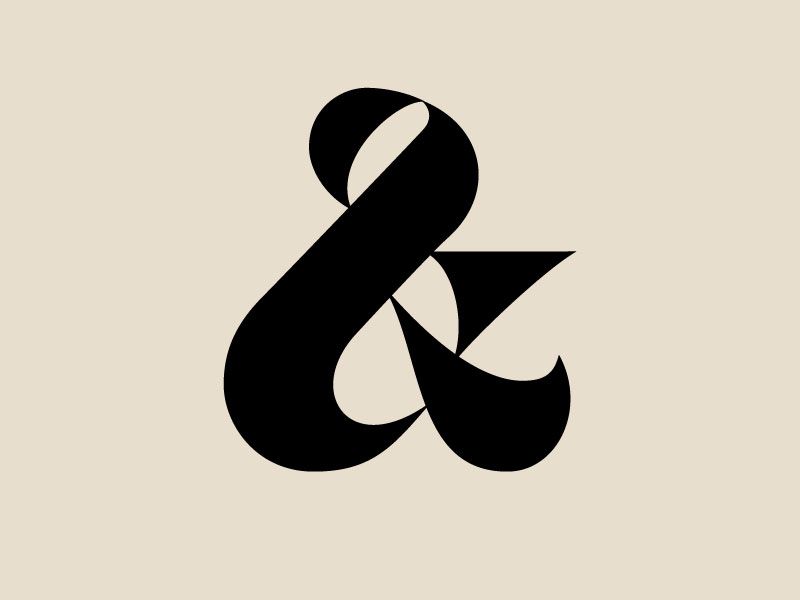
The ampersand is one of the most popular typographical elements in history, appearing in everything from signs for businesses to film titles and any time we’re too lazy to write out the whole phrase “AND.” However, did you realize that this symbol has been around for hundreds of years?
Its invention can be traced back to the first century A.D. The ampersand character is a ligature of the word “and” and was used in ancient Roman times. The symbol has many forms, each with its own distinct history. The version from our keyboards is more popular nowadays than any other version.
The Letters “YKK” on Your Zipper
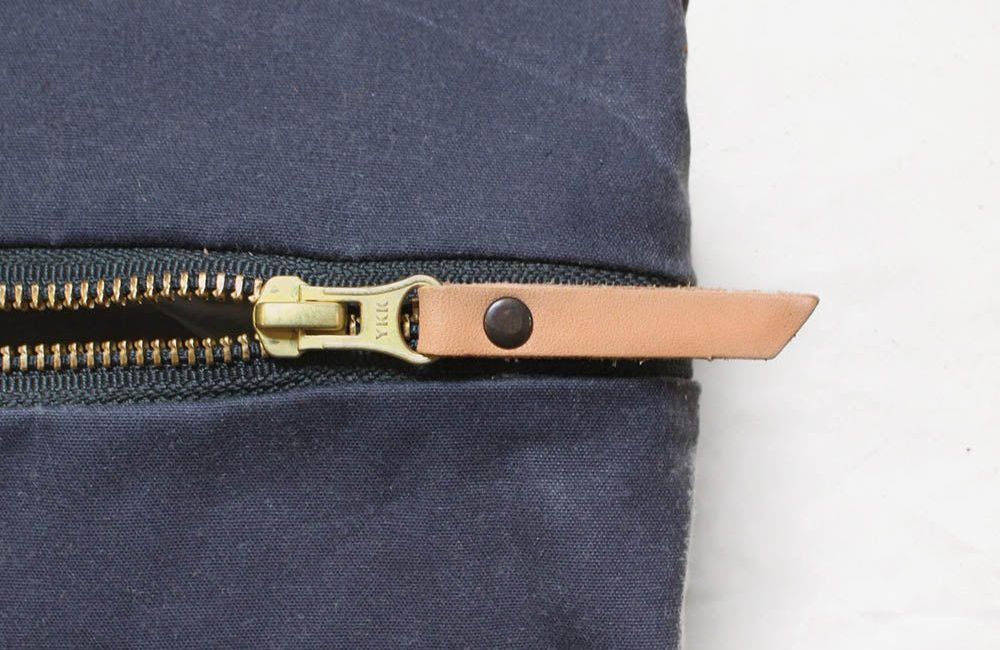
The letters YKK aren’t just there for decoration. Rather, the YKK Group’s three most significant letters are the symbol of the world’s most widespread zipper producer, with more than half of all zippers produced worldwide bearing those three particular initials.
The “YKK” in YKK zippers stands for Yoshida Kogyo Kabushikikaisha, which is the formal name of the company. Nowadays, many people take zippers for granted. They are a ubiquitous fastener found on everything from clothing and bags to furniture and car upholstery.
The Arrow on Your Gas Gauge

After years of driving the same vehicle, it’s all too easy to forget which side of the car your gasoline tank is on. On certain vehicles, you’ll notice an arrow next to the gas pump symbol on your dashboard; its direction indicates which side your tank is on.
If there’s no arrow, or you can’t remember which way it was pointing, there are a few other ways to tell. If you have a rear-wheel drive car, your gas tank will be on the driver’s side. In front-wheel drive cars, the gas tank is usually on the passenger’s side.
The Three Letters on Pennies
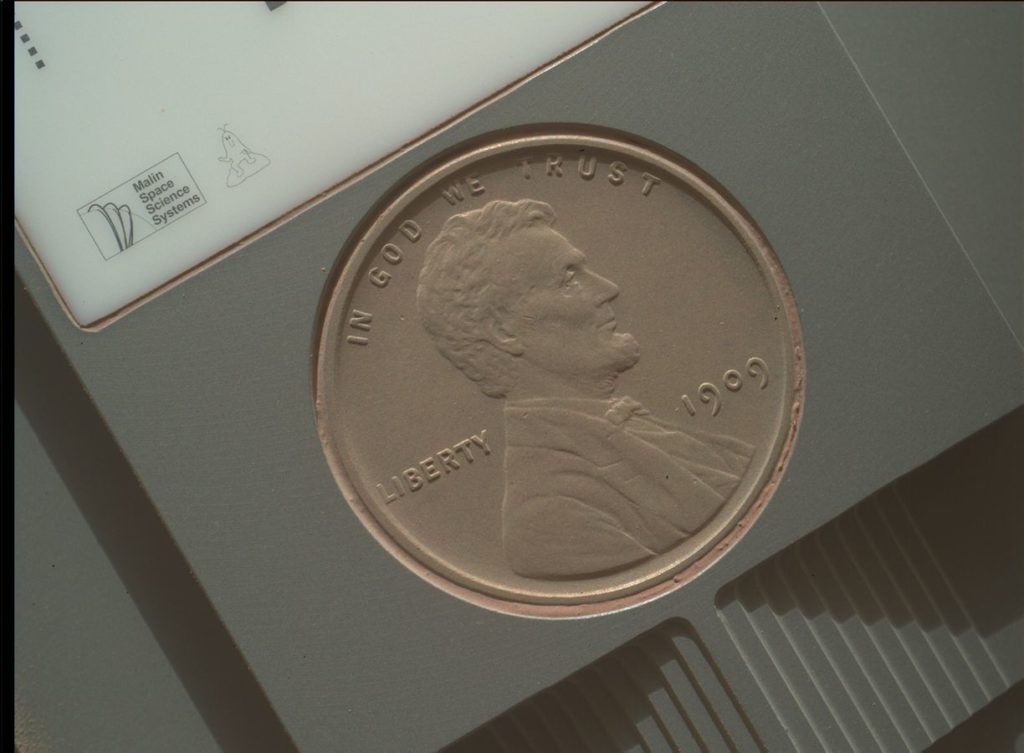
On the reverse of the United States penny, you’ll see a VDB inscription on Lincoln’s right shoulder. These are Victor David Brenner’s initials, which stand for Victor David Brenner, the engraver and medalist who created the first penny and whose portrait we still use on the penny today.
The VDB on a penny is an interesting thing to notice. Brenner, born in the Lithuanian town of Shargorod in 1871, was a prolific engraver and medalist, and his work can be found on many other coins and medals. The VDB on the penny is just one small example of his impressive body of work.
The Power Symbol
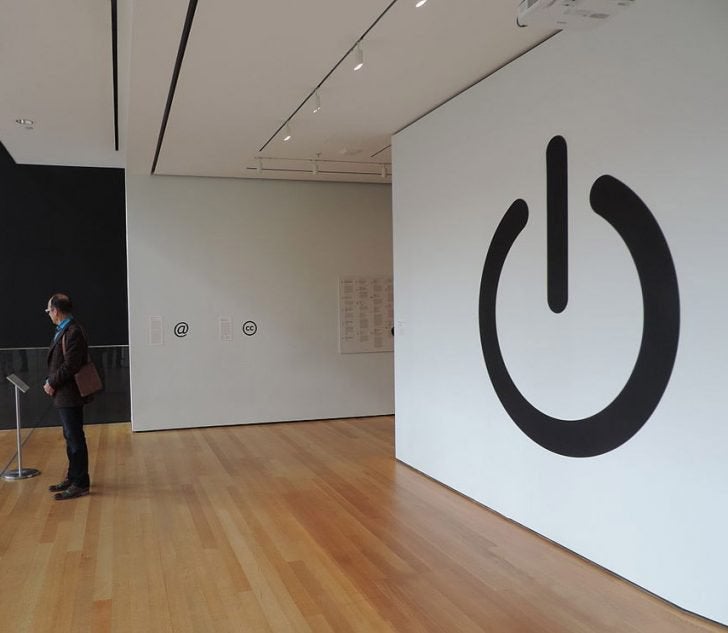
There’s a surprising secret significance behind the design of your computer’s power symbol. This sign is believed to go back as far as World War II and is binary code for a “standby power state.” This code was designed to let operators know that the equipment they were using was safe to touch.
The power symbol is still used today to indicate that a device is in a low-power state. While the power symbol may seem like a simple design, it actually contains a lot of information. The three main parts of the symbol – the circle, the line, and the arrow – all have a specific meaning.
The Signature Line on Checks
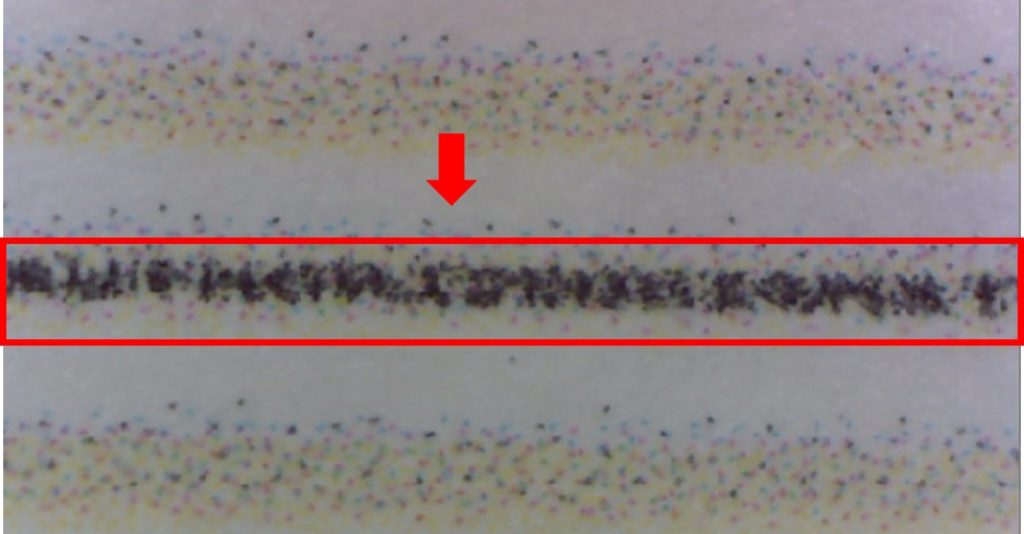
On certain checks, the signature lines aren’t actual lines at all. Rather, these tiny lines are made up of almost invisible phrases such as “AUTHORIZED SIGNATURE,” “MICROPRINT SECURITY,” and “ORIGINAL DOCUMENT,” which make the checks more difficult to replicate.
These lines are usually printed in high-quality magnetic ink that can be read by special machines. This helps to ensure that the check is legitimate and has not been altered in any way. Another security feature to look for on your checks is a watermark.
Tostitos Logo Features Some Subliminal Messaging
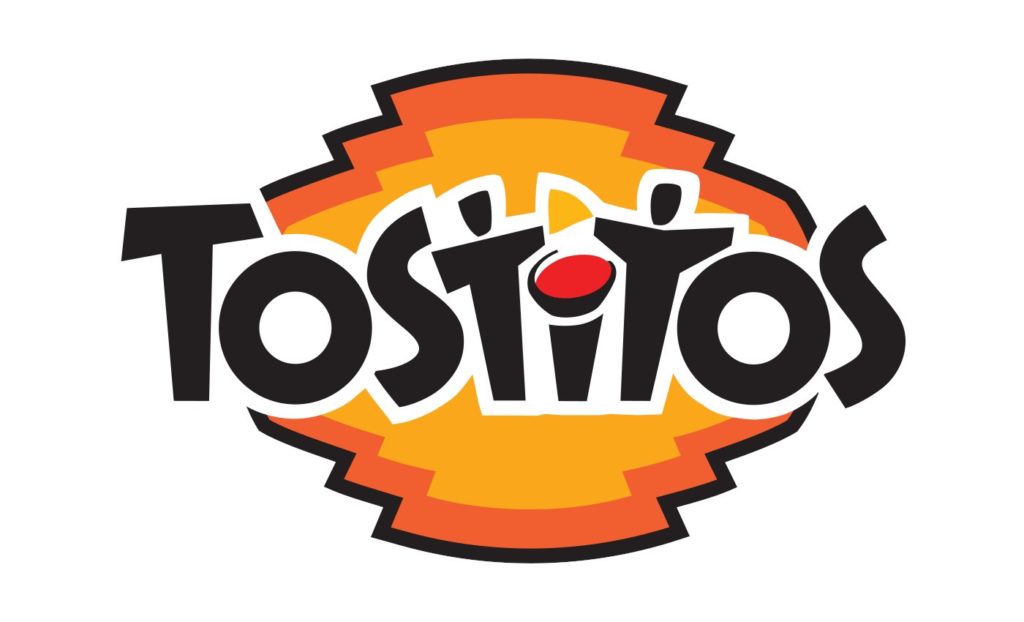
The Tostitos Logo’s two “Ts” are actually two individuals sharing a chip over a bowl of dip, which is the red dot above the “I.” The red dot is also an exclamation mark, representing the company’s slogan “Fiesta Forever.”The Tostitos brand was created in 1979 and introduced to the public in 1980.
Frito-Lay acquired the brand in 1971. Tostitos are sold in various packaging options, including bags, boxes, and multipacks. Tostitos are also available in various flavors, including Original, Cool Ranch, Spicy Nacho, and Queso Blanco.
The King Of Hearts Card Has No Mustache
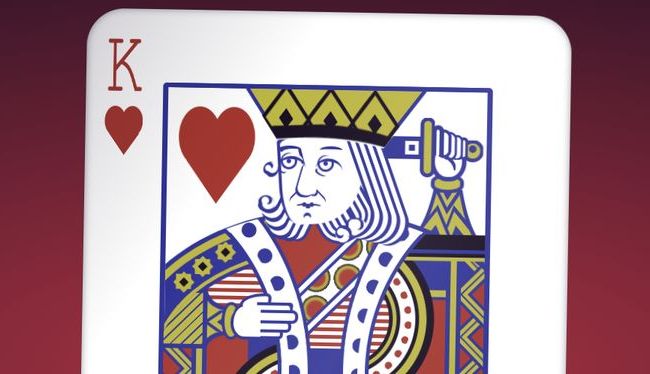
Only the king of hearts in a deck of cards is clean-shaven, out of the four kings. However, that wasn’t on purpose. The king of hearts once sported a mustache, but it was lost when the original design was reproduced, according to The Guardian.
The other three kings have beards because they were based on real-life rulers. The king of spades is modeled after King David, while the king of diamonds is based on Julius Caesar. The king of clubs is inspired by Alexander the Great.
The Letter on Your Dollar Bill
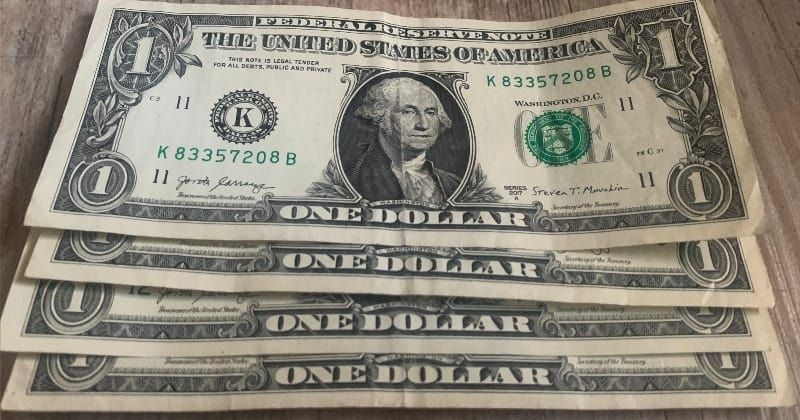
The Federal Reserve Bank of New York is the only one authorized by Congress to create and issue United States currency. The twelve Federal Reserve Banks in the United States are responsible for manufacturing paper money.
George Washington’s initials are printed below each capital letter on the right side of the note, corresponding with one of the 12 banks. Following are the bank codes: A—Boston, B—New York, C—Philadelphia, D—Cleveland, E—Richmond, F—Atlanta, G—Chicago, H—St. Louis, I—Minneapolis, J—Kansas City, K—Dallas, L—San Francisco.
Amazon’s Iconic Logo

The current Amazon logo was introduced in 2000 to reflect the company’s “customer-centric” aim. The yellow grin, which starts below the A and terminates with a dimple beneath the Z, is meant to symbolize “the ultimate expression of customer satisfaction,” according to Amazon.
Interestingly, the original Amazon logo was not yellow; it was orange. The company’s founder and CEO, Jeff Bezos, decided to change the color to yellow after a customer complained that the orange logo was difficult to read against the white background of Amazon’s website.
The Pom Poms on Hats
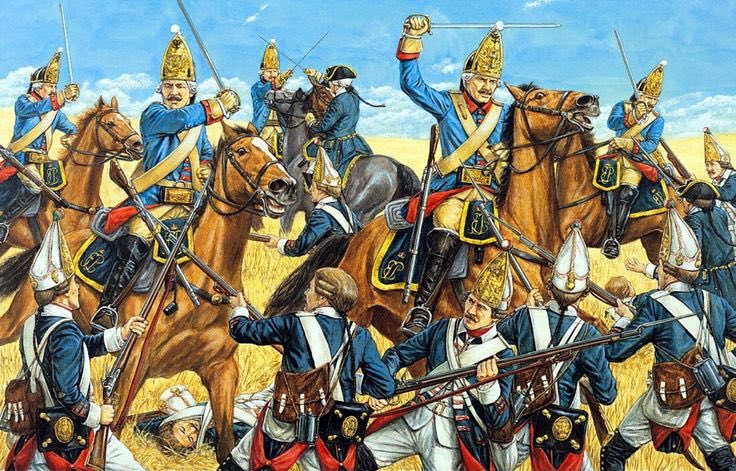
Hats with pom poms are popular today because they’re a cute winter accessory. That wasn’t always their primary use, though. Sailors would wear these hats on their heads not because they were attractive, but because the pom poms would keep them from striking their heads when below deck.
Today’s pom pom hats are much more decorative, with colorful poms and fun patterns. You can find them in any clothing store during the winter months. They make a great gift for any fashion-savvy friend or family member. If you’re looking for a unique pom pom hat, try searching online.
The “P” in Pinterest’s Logo
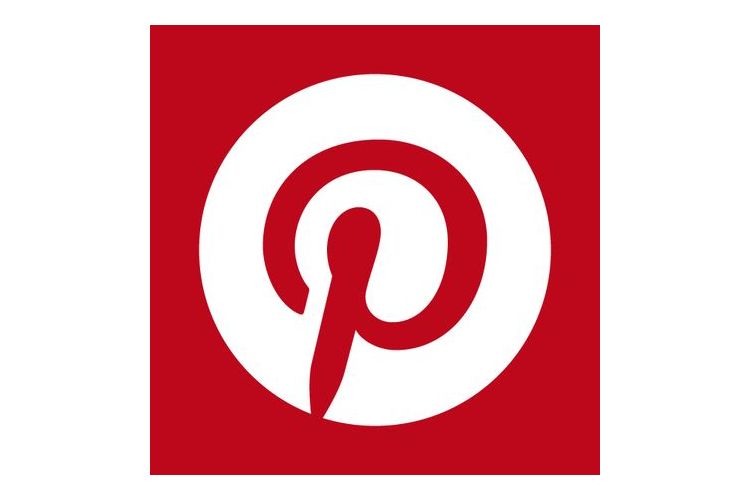
Users may “pin” or save things they enjoy on the Pinterest platform, which is referred to as “pinning,” onto virtual “boards,” or personal collections. “Pinning” on Pinterest allows you to share, or “repin,” pins you find on your boards. When you “re-pins”, it is shared with your followers.
You can also “like” pins and comment on them. All of your pins are saved in one place on your Pinterest profile so you can easily find them later. You may follow other users with similar interests to yours, and they can follow you back. This way, you’ll see the pins they’ve saved on their boards.
The USB Symbol
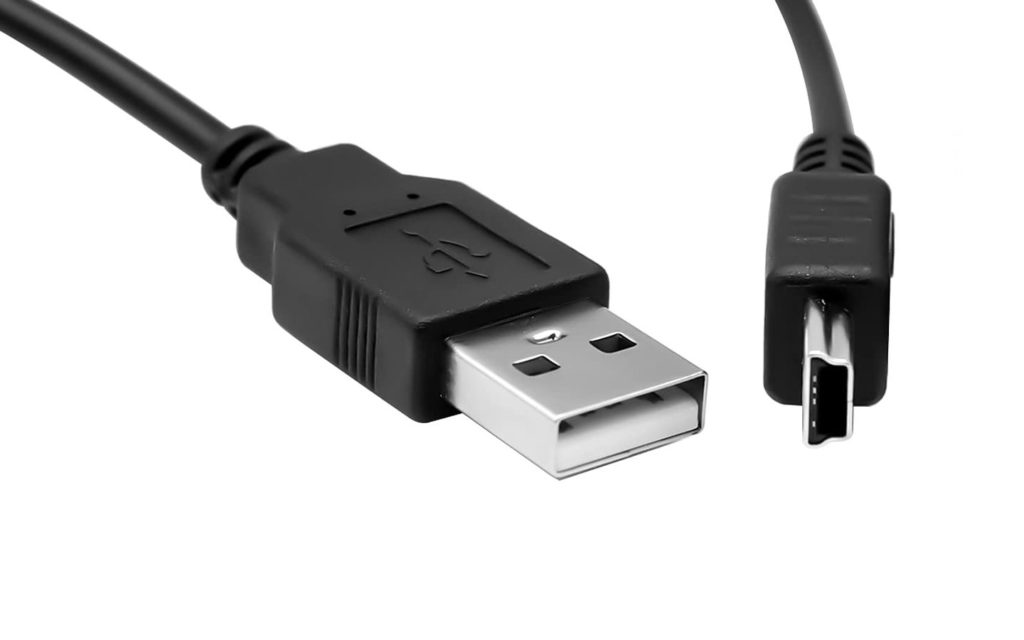
The symbol on your USB cords is eerily similar to a popular design. It’s no surprise that the designers of the symbol used Neptune’s trident as their inspiration, and the circle, triangle, and square at the ends of each prong were intended to represent the many connections that USB cables may have.
The USB logo is made up of a trident, which is the weapon of choice for the Greek god Neptune. The logo was designed to be easily recognizable so that people would know at a glance what type of cable they were looking at. The logo is simple enough that it can be printed on the small connectors.
The Hole in a Pasta Spoon
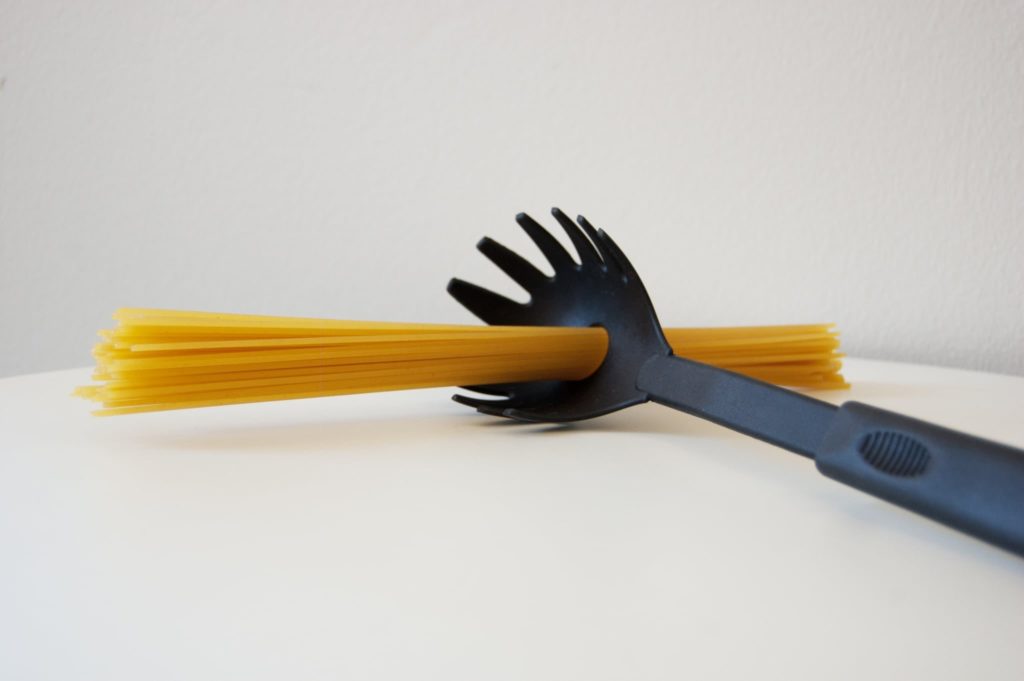
The next time you’re preparing carbohydrates, use your spaghetti serving spoon to its full potential. The hole in the middle of the spoon is meant to determine exactly one serving of spaghetti. Next time you’re making dinner, use the serving spoon hole to make sure you’re not overeating.
When it comes to portion control, we all know that it can be difficult to eyeball the right amount. Overestimating how much we should be eating is one of the main reasons why people struggle with weight gain. This is true when it comes to carbs, which are easy to overeat because they’re delicious.
BMW’s Iconic Logo

The belief that BMW’s blue-and-white logo represents a spinning airplane propeller is false, according to The New York Times. Instead, the emblem was most probably inspired by the Free State of Bavaria’s color, the company’s birthplace, and production site.
This story is likely a rumor that was started because of BMW’s history in aviation. The company started as an aircraft engine manufacturer in 1913 and produced engines for both world wars. It wasn’t until 1928 that the company shifted its focus to automobiles.
The Tiny Hole on The Bottom of a Lock
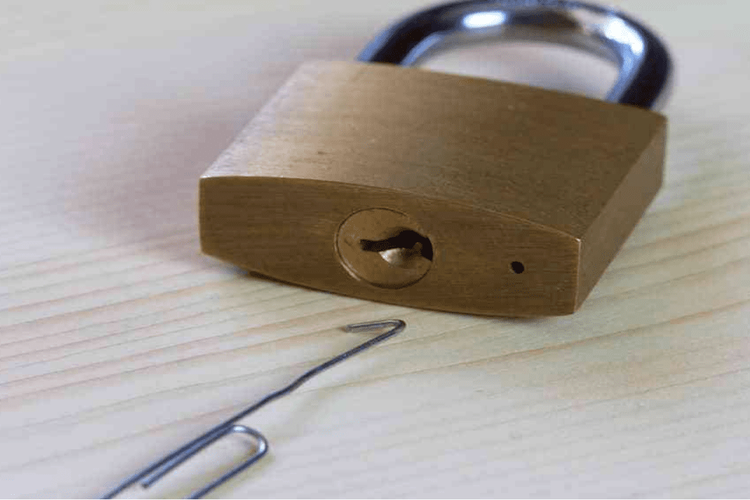
There are two holes on the back of any standard padlock. Of course, the large, key-shaped hole is there for a reason—that’s the lock—but why is the tiny hole there? This little aperture obviously allows for simple drainage after a lock has been immersed in water. But that’s not all it does.
The tiny hole on the back of a padlock is also known as a “shackle release.” If you insert a small, thin object—like a paperclip—into this hole, you can depress the locking mechanism and open the lock without a key. Of course, this little trick only works on older-style locks and not newer locks.
The Blue Bristles on Your Toothbrush

Despite the fact that most individuals are aware that they should change their toothbrush or head every three to four months, it’s difficult to remember when the last time was. Fortunately, most toothbrush heads include blue bristles that turn white as they become worn out.
If you’re using an electronic toothbrush, the replacement process is a little different. Most models come with a light that flashes when it’s time to change the brush head. Alternatively, you can also check the manual that came with your toothbrush.
The Bluetooth Symbol
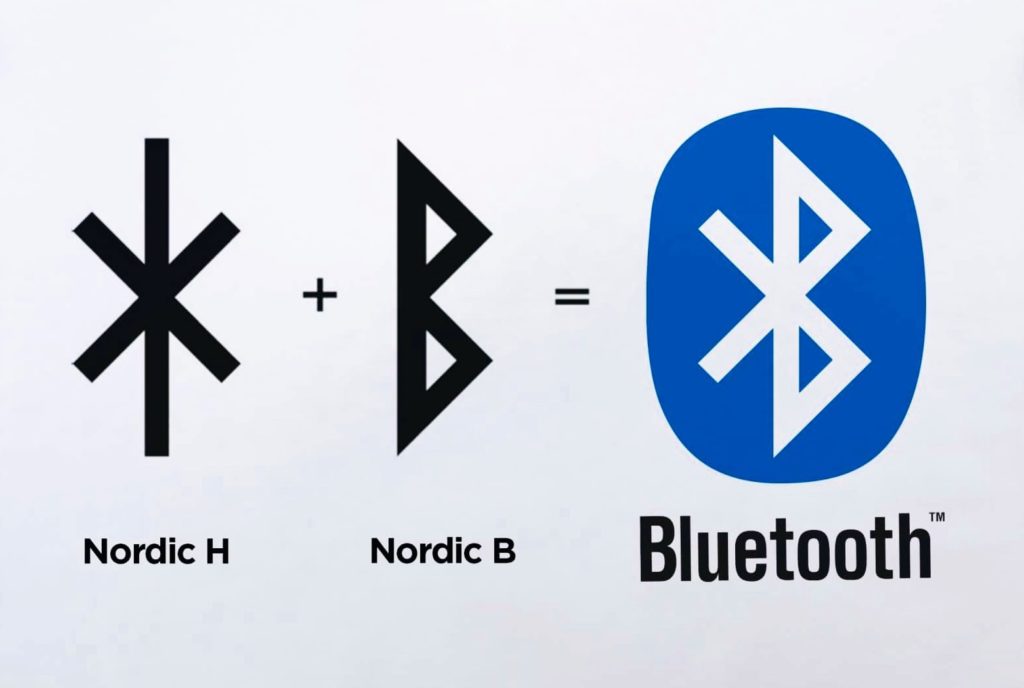
When Jim Kardach was developing Bluetooth technology, he happened to be reading a book about King Harald Bluetooth, the Danish king who unified Norway’s numerous tribes and successfully transmitted messages. The name of his invention, Bluetooth, was inspired by literature.
The symbol you’re familiar with is made up of elements from two Norse runesticks: H (for hamingja), which stands for “battle,” and B (for brynju), which stands for “raiment.” Together, they represent Bluetooth’s mission to “unite people, devices, and information.”
The Letters “MP” on a Check
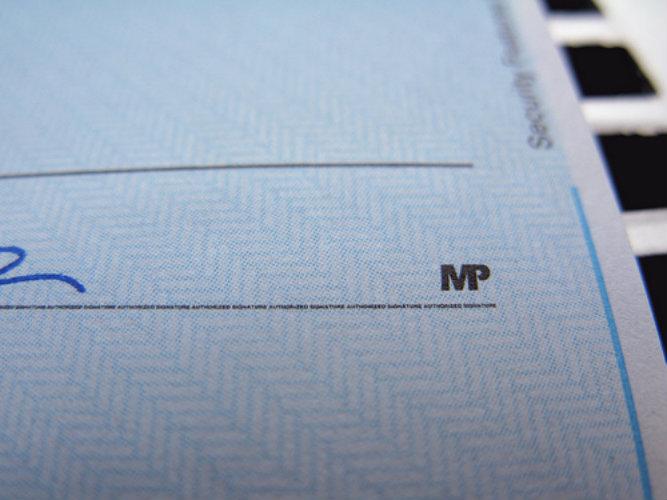
The letters MP that appear in the lower right corner of most checkbooks aren’t initials or even the name of a firm. They stand for the phrase microprint, which is a detailed printing process utilized by businesses to make it more difficult to duplicate checks.
Microprint is created by using extremely small text that is hard to read without a magnifying glass. The text is typically a repeating phrase or logo, and it’s printed in a line along the bottom edge of the check. When someone tries to photocopy a check with microprinting, the words become blurred and difficult to read.
NBC’s Iconic Logo
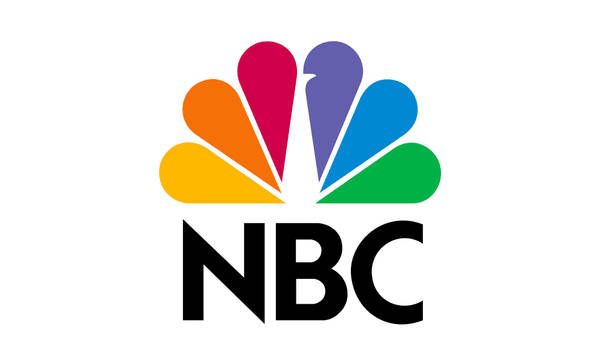
The first peacock, designed by John J. Graham in 1956, “introduced viewers to color technology” and was intended to represent a “thrilling, new era for both the network and the changing media landscape,” according to Advertising Week. The bird was inspired by the “feather art” of Native American tribes.
The peacock’s prideful strut and colorful plumage have long been associated with confidence and beauty, making it the perfect symbol for a television network that was constantly innovating and pushing boundaries.
The Bear Hidden in Toblerone’s Logo
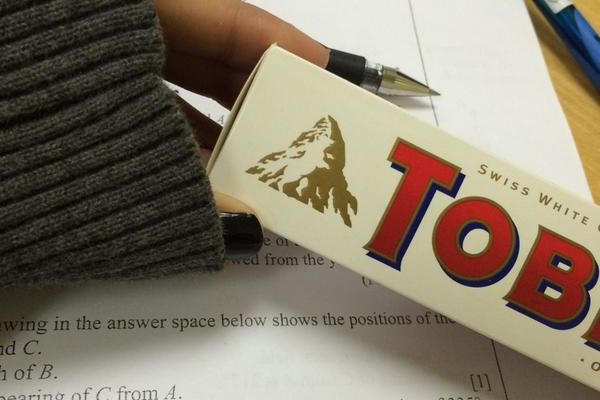
The bear in Toblerone’s logo is a tribute to the city of Bern in Switzerland, where the company was founded. The city’s coat of arms features a bear, and the Swiss capital is sometimes known as “the City of Bears”.
The company was founded in 1908 by Swiss confectioner Theodor Tobler, and the name “Toblerone” is a combination of his surname and “torrone”, the Italian word for nougat. Toblerone is known for its distinctive triangular shape, and the chocolate bars are made with honey and almond nougat.
The Barber Shop Pole
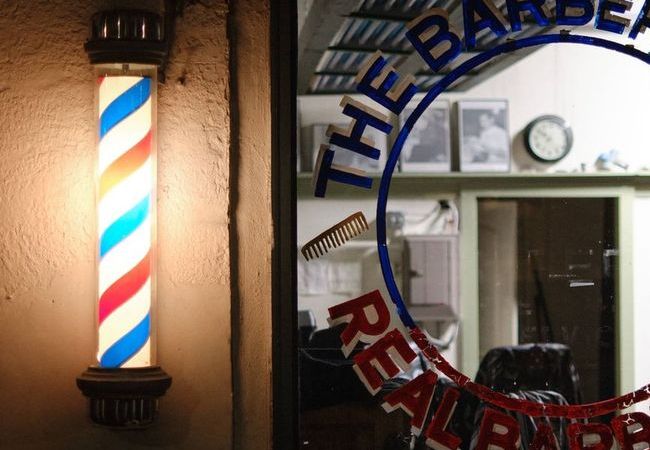
Barbershop poles aren’t red, white, and blue because of all the patriotism barbers have for their country. According to the History Channel, the colors and design are a “legacy of a long-gone era when people went to barbers, not just for a haircut or shave but also for bloodletting and other medical treatments.”
Barbers were responsible for bloodletting in the Middle Ages since clerics were prohibited from doing it, and doctors viewed the work as beneath their abilities. It was thought that letting blood would help cure certain diseases, so people went to their local barber for treatment.
The Pause Symbol
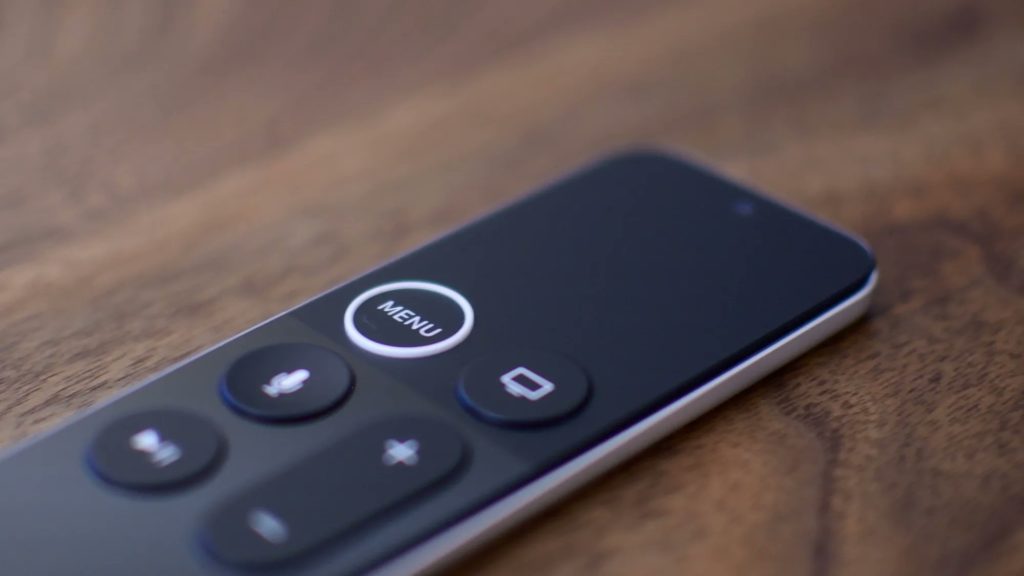
Musicians will recognize the pause symbol, which is based on a music sign known as the caesura. The caesura takes its name from the Latin word for “cut” or “division”. The pause symbol consists of two vertical lines with a space between them and is used to indicate a moment of silence within a song.
The caesura is an important concept in music theory and is used to create a sense of phrasing and rhythm in a song. When used correctly, the caesura can add a great deal of interest and variety to a piece of music. The pause symbol can be used to create a variety of effects in a song.
Those Small Jean Pockets
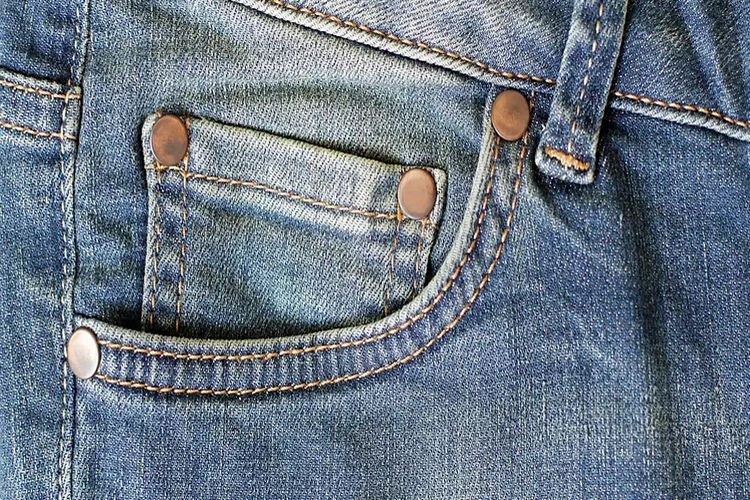
How can a tiny pocket on your jeans possibly serve a purpose? It might not be of use to you right now, but it was formerly the preferred location for keeping a pocket watch. The watches were kept in a small pocket on the front of the trousers, which is why they were called “pocket watches.”
The pocket watch was a very popular accessory in the 18th and 19th centuries. A gentleman would not leave home without one! They were generally made of gold or silver and often intricately decorated. The face of the watch would usually be enameled and sometimes even set with diamonds.
Hidden Arrow in FedEx’s Logo
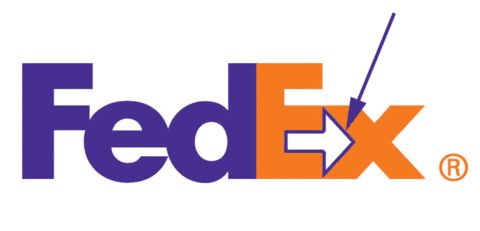
The arrow in the logo, which was created by Lindon Leader in 1994, symbolizes “forward movement,” “speed,” and “precision,” according to Co.Design. The FedEx name was created by the advertising agency Young & Rubicam.
The name is a syllabic abbreviation of the company’s original name, Federal Express. To get the new logo design just right, Lindon Leader spent months researching aviation history and looking at other logos. He also looked at symbols that conveyed movement, such as arrows.
The Roman Numerals on Tape Measures
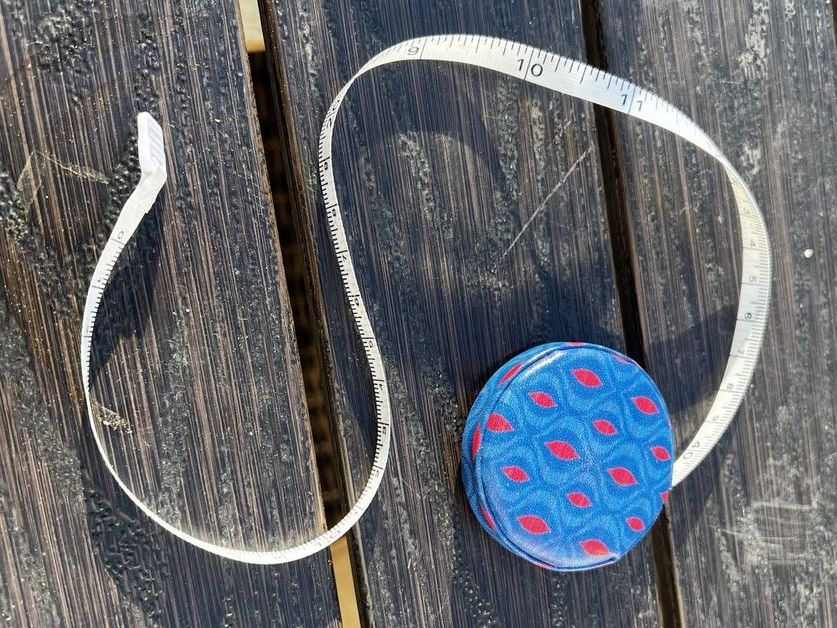
Some tape measures have Roman numerals printed on them that have nothing to do with measuring. The accuracy of a tape measure is indicated by lower numbers, according to The Tape Store, which says these are used to indicate the precision of a tape measurement.
Roman numerals printed on tape measures indicate the accuracy of the measure. Smaller numbers represent greater precision, while larger numbers show less accuracy. This system is in place to prevent mix-ups when multiple tape measures are available.
The Symbols On Your Garment Labels
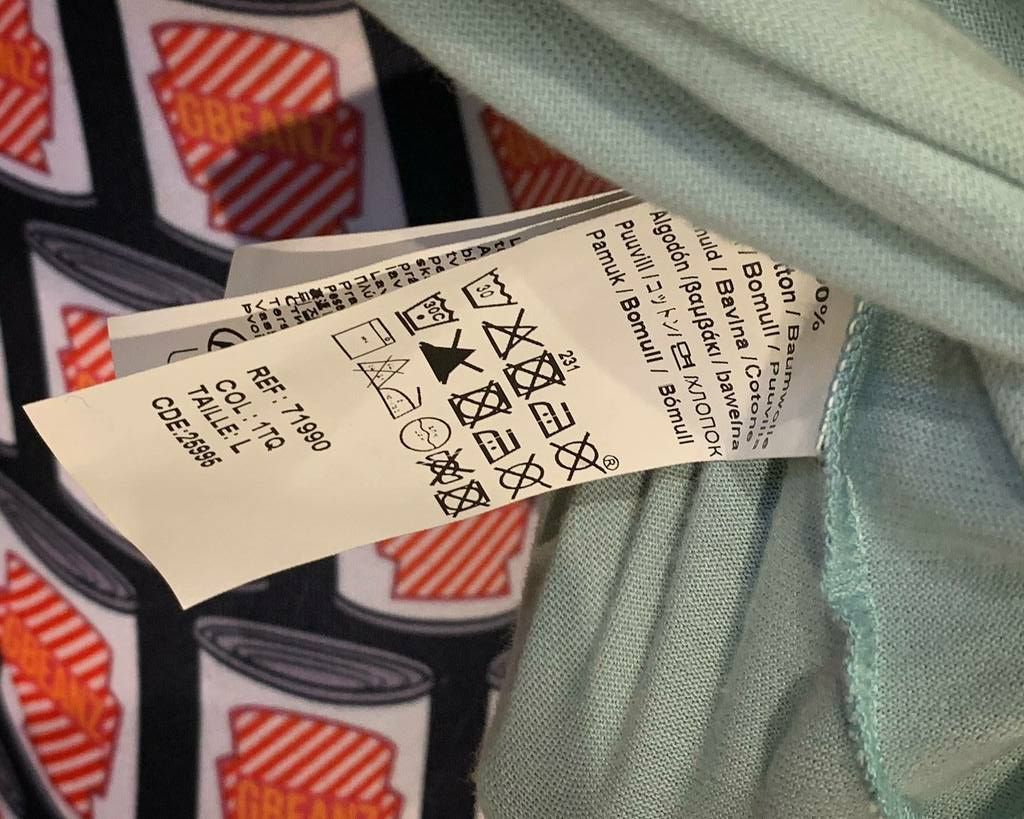
You don’t need to be an expert in hieroglyphics to understand the symbols on your clothing label. There are six distinct sorts of symbols used to specify the appropriate machine cycles, temperatures, dryer cycles, bleaching procedures, ironing processes, and dry cleaning processes for each garment.
They’re also used to communicate general care instructions to laundry workers. If you’re ever unsure about any of the symbols on your clothing labels, be sure to consult with a professional dry cleaner or laundry service. With their help, you can keep your clothes looking their best for longer.
The Grooves On Bobby Pins
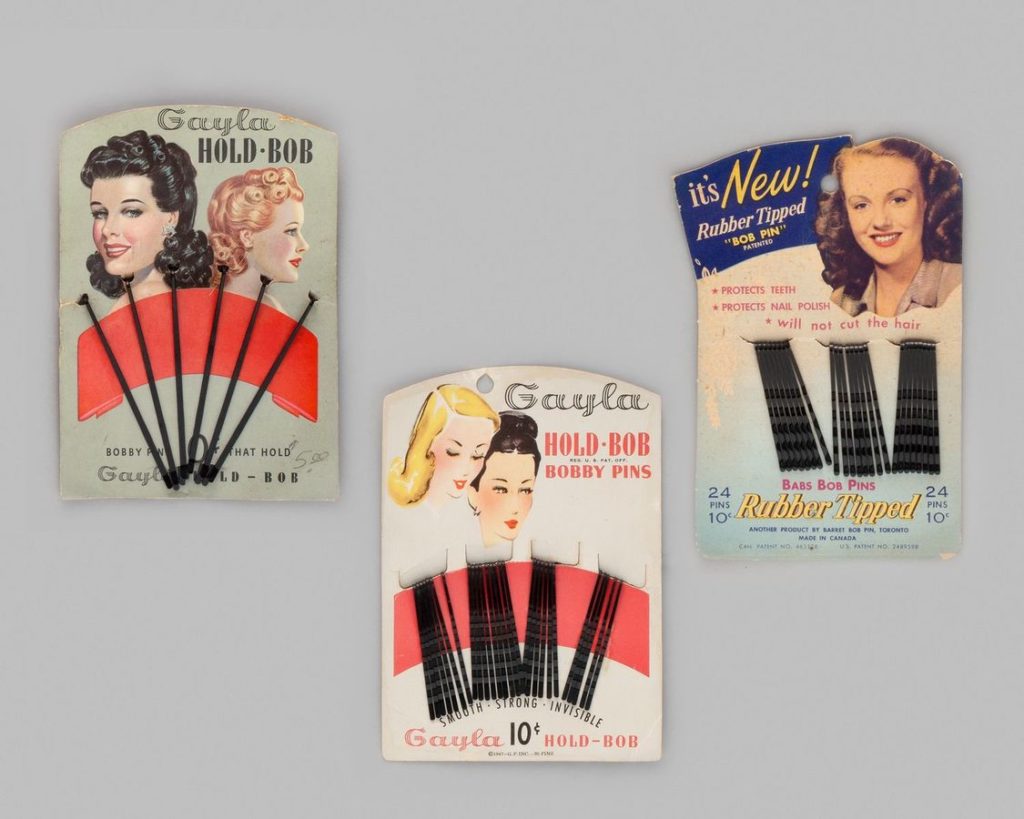
When using a bobby pin in your hair, make sure the grooved edges are facing down. The part of the bobby pin with the grooved edges is there on purpose to give you a solid grip and keep the product in place. Facing the grooves down will grip your hair better.
When you are done putting your bobby pins in, give them a slight tug to make sure they are snug and secure. If you feel like they might come loose, try crisscrossing them or using a few extra bobby pins. No one wants their hair accessories falling out in the middle of the day.
The Symbols on Containers
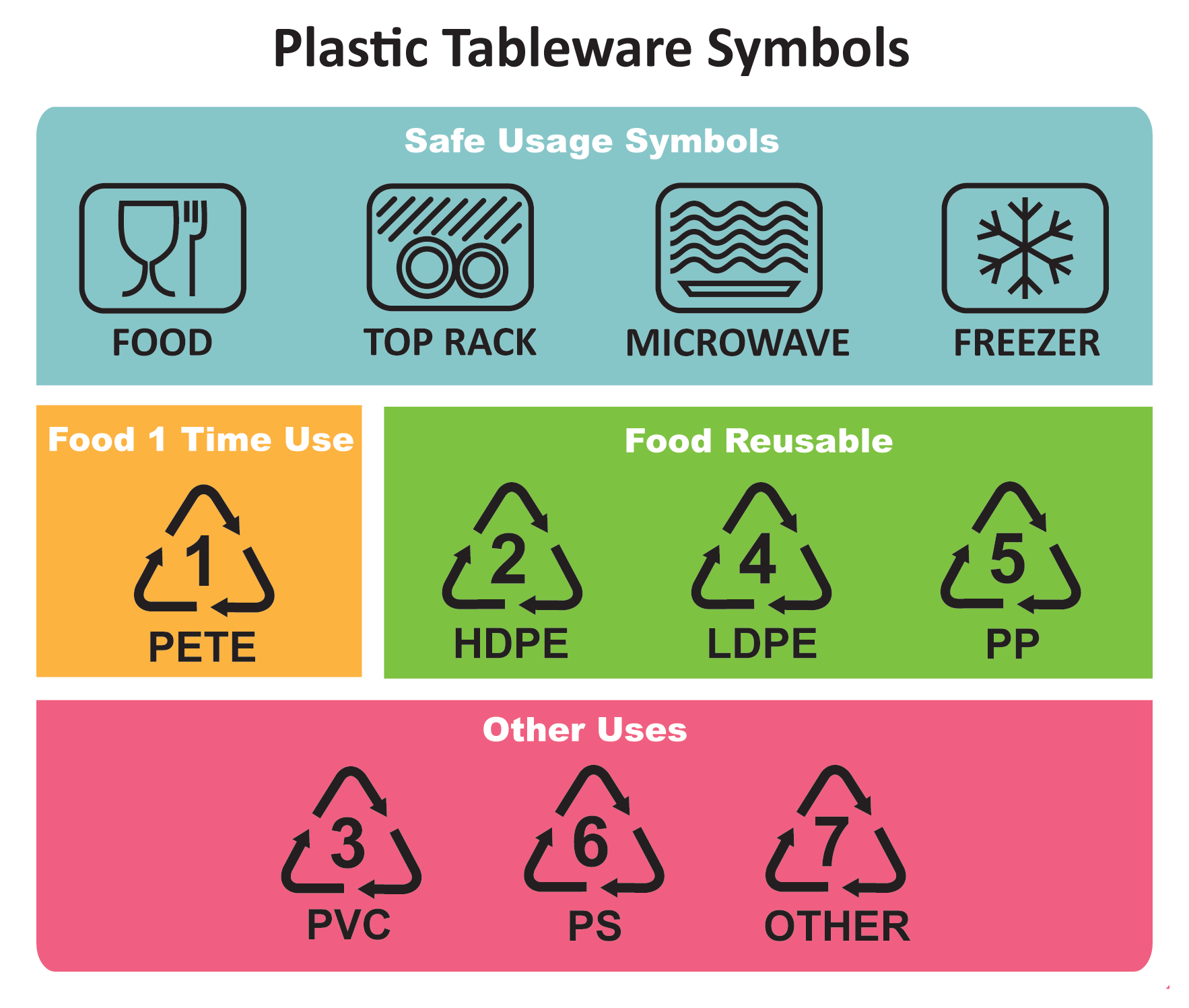
You can find symbols that resemble snowflakes and silverware on the bottom of any Tupperware container if you flip it over. These designs aid in the comprehension of how to utilize and recycle each container. Visit their website for a detailed explanation of what each sign means.
Tupperware first used these symbols in the 1950s, and they’ve been helping people sort their recycling ever since. If you see a snowflake-like symbol on the bottom of your Tupperware, that means the container is made out of polyethylene terephthalate (PET), which is recyclable.
The Holes In A Baseball Cap
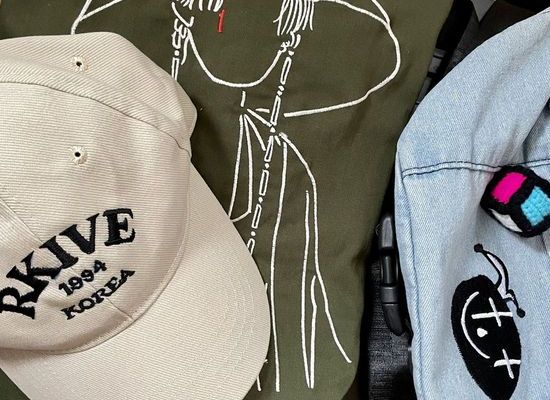
Have you ever noticed tiny holes on your baseball cap that don’t seem to have a purpose? These holes are known as eyelets and aren’t there for show. In fact, they play an important role in the durability and comfort of your baseball cap.
Eyelets are usually made of metal or plastic and help to reinforce the fabric around the hole. This prevents the fabric from tearing and keeps the hole from getting bigger over time. Eyelets also help to ventilate your head and keep you cool.
The Groove in Tic Tac Lids
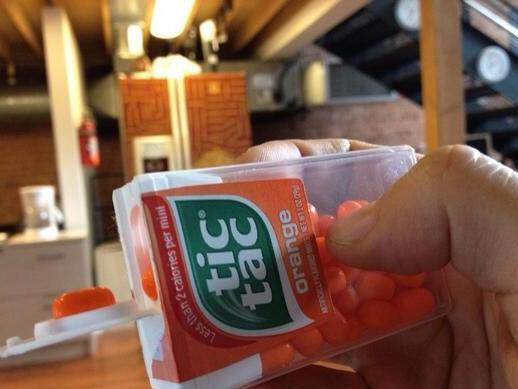
When someone requests a Tic Tac, and you only have one, conceal the server in the lid of your Tic Tac container. The groove in the lid of your Tic Tac container is just big enough to hold a single piece of candy when you open it up to extract a Tic Tac.
This way, if someone requests a Tic Tac and you only have one to give, you can give it to them. If you have more than one Tic Tac, you can still use this method to dispense them. Simply place the Tic Tacs in the lid groove and then offer the lid to the person requesting a Tic Tac.
The Tiny Fabric Swatch That Comes With Your Clothing
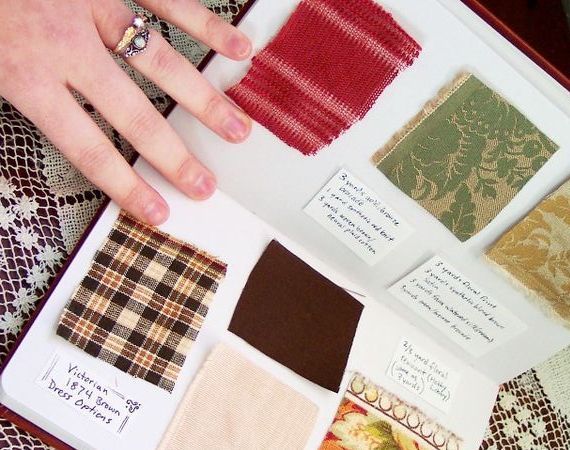
It’s a common misunderstanding that new clothing swatches are to be used in the event of repairs. Rather, they are included with most purchases so you can try out the quality of the attire in the machine. It’s preferable to discover this if the cloth shrinks or stains using a test run.
If you’re unsure about the quality of a new piece of clothing, it’s always best to test it out before wearing it. Swatches are included with most purchases for this purpose. Simply put the swatch in your washing machine on the same cycle you plan to wash the garment.
The Ridges on Coins
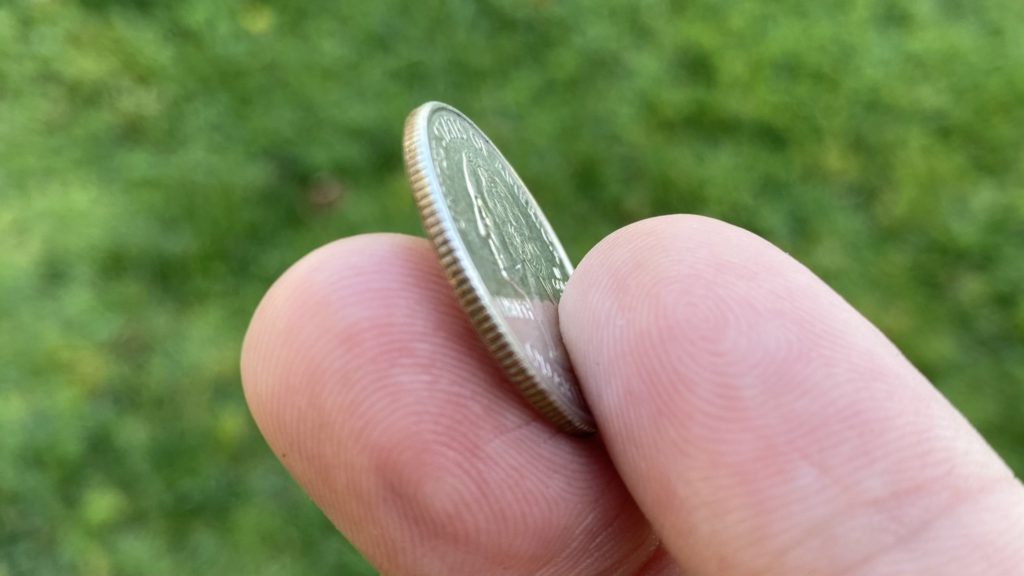
In the late 18th century, coins with sharp edges were filed down by crooks and sold off for their precious metals. That’s why, at the end of the century, the United States Mint introduced reeding to its currency in order to prevent criminals from selling off its coins.
Nowadays, however, the reeding on coins is purely aesthetic. It does not serve any functional purpose, but many people believe that it does add a level of sophistication to the coin. This is especially true for older coins, which may not have as much detail on them as more recent coins.
Unilever’s Logo Is Made Up of 25 Smaller Icons
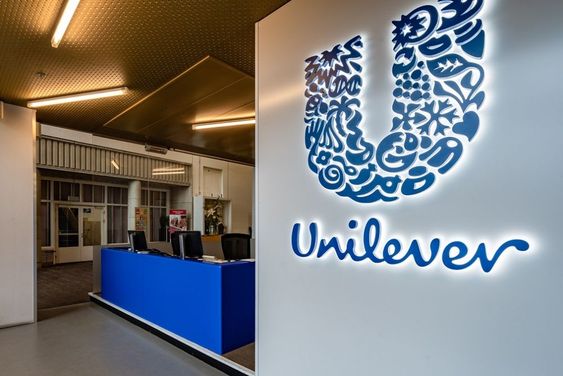
“Each icon has a profound meaning at its core and symbolizes part of our effort to make sustainable living normal,” the firm adds. The company’s website lets you discover what each emblem means by consulting a bowl that represents Unilever’s devotion to “healthy mealtimes” and a bee that signifies “community spirit.”
The Unilever Sustainable Living Plan was launched in 2010 with a goal to help more than a billion people improve their health and well-being, while at the same time reducing the environmental impact of the company’s products.
The Hole On Your Pen Cap
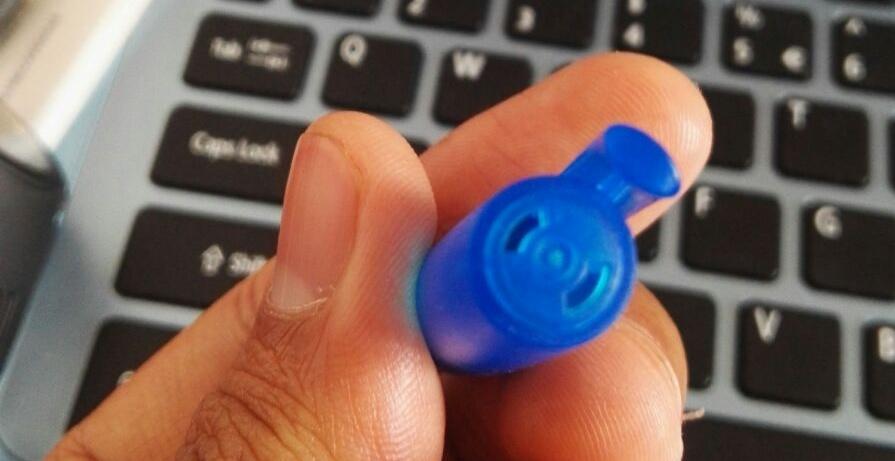
The pen cap hole isn’t for appearance’s sake, but rather to allow air to pass through. Choking on pen caps kills as many as 100 people a year in the United States alone, and because this statistic is concerning, manufacturers now create their pen caps with openings that allow air to flow through.
The ink in pens is not just black; there are various colors that can be used for different purposes. Blue ink is commonly used for business documents because it has a more professional appearance than other colors. Red ink is often used for school papers because it stands out and is easy to read.
The Holes On Your Aluminum Foil Box
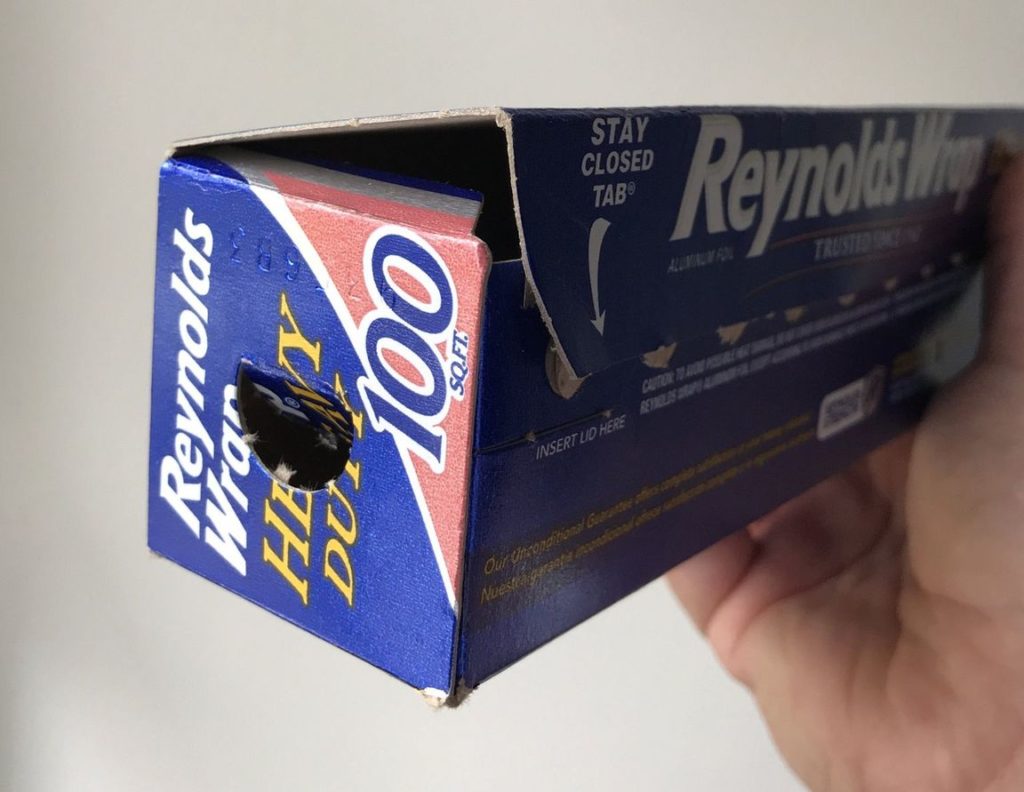
Goodbye, unsightly and uneven pieces of aluminum foil. From now on, simply make sure to press the two tabs on either side of the box before you use your foil for perfect portions; while it’s not advertised, those tabs prevent the foil from slipping out when you tear some off.
There’s nothing more frustrating than trying to tear off a piece of aluminum foil, only to have it slip out of the box and crumple up. Now that you know about this little trick, you’ll be able to enjoy perfect portions of foil every time.
The Holes In Airplane Windows

What are those tiny holes at the bottom of each window if airplane windows must be shut all the time? Because the pressure difference between an aircraft cabin and roughly 30,000 feet above sea level is so huge, this little tiny hole is required to balance the pressure inside the three panes that make up an airplane window.
Each plane window would shatter into pieces almost as soon as it reached cruising altitude without that little hole. During takeoff, the pressure difference between the inside of the cabin and the outside is at its greatest.
